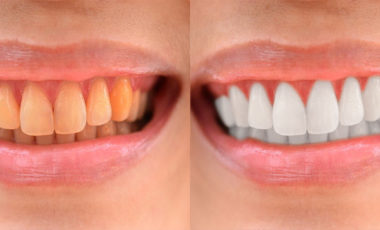5 common metering mistakes and solutions.
admin
July 27,2017

As a photographer, you will always have to pay attention to light metering modes of the camera. Because it affects the camera’s white balance, then it would lead to the change in color and the brightness. Today we will talk to you about this.
- The white or black subject turns gray
The camera’s metering system usually take the brightness of the scene as a mid-tone. Images may have very bright or very dark areas, but the average brightness is in between these areas. Therefore, when you take a full frame with a bright subject, such as a winter scene or a sandy beach, the camera will reduce the exposure to a mid-tone. As a result, the white subjects would turn gray. By contrast, if the camera’s metering system is wrong and it recognizes black subjects in mid-tone then the black subject would turn gray too.
The solution is quite simple. You just need to use the exposure compensation to increase the exposure to a higher level to make the subjects white or reduce the exposure and the subjects will turn black. Let look at the histogram displayed on the screen and drag the bar to the right of the ruler to increase the exposure or to the left to reduce the exposure. However, do not increase the exposure too much and leave a large peak at the top right of the histogram to avoid burning in the highlights of the pictures.
Another way to avoid this is to put a gray card in front of the camera lens and in the same light as the subject. Then, set manual exposure mode and set the spot-metering mode. Please note that the gray card has to cover the spot-metering and adjust the exposure as a recommendation of the camera. Next, take the gray card out of the frame and set the picture in the determined exposure and press the shutter button. Then, the camera will have the right gray balance with the surrounding environment and make the color more accurate.

- Choose the wrong ISO setting.
If you want to shoot indoors with low light without a tripod, you should set the ISO setting to the maximum. Then you will see that the camera recommend very high shutter speed while the aperture is very small.
If the camera is set in automatic or semi-automatic mode, in some cases you may not be able to capture because it exceeds the maximum shutter speed or minimum aperture is not small enough.
The ideal ISO sensitivity when shooting outdoors or under high light conditions is 100 or 200. And the perfect ISO setting for indoor shooting is 400 or 800. ISO settings from around 1600 and above are only suitable for weak-light places.
- Speed too slow and cannot “catch” movements
When you are trying to focus on adjusting exposure to retain all of the highlight areas and shadow areas with noise. It’s easy to forget that shutter need to be adjusted fast enough to capture all movements in the scene.
This is a common problem when shooting indoors with weak light conditions. In some cases, you need to adjust the aperture to increase shutter speed. Many photographers are hesitant to use high ISO settings for fear of interference. But if you adjust the camera sensitivity range and do not use the extension settings, that’s fine. Remember that the disturbed pictures are better than blurred ones.
Another solution is to use flash to add light and speed up the shutter speed. We can use this method is often used to capture portraits of friends and family members. But to capture music performances, you have to use a high ISO setting and a large aperture.

- The subject is a lack of light.
When the subject is in front of the light source. It is darker than the background, the camera may confuse to expose the most important part of the image.
The simplest way to get the proper exposure to the subject is to switch to spot-metering or center-weighted metering.
Center-weighted modes focus more on exposing the center of the frame. Spot-metering, meanwhile, focuses only on the brightness of the subject underneath the spotlight when selecting the exposure.
- Clouds in landscape picture are too bright

This error occurs when there is an imbalance between the brightness of the sky and the ground in the landscape. However, in this case, the camera’s metering system prioritizes the foreground and adjusts the exposure. We can use ND Grad filters to balance the exposure of the scene.
We can pair two or more shots in HDR mode. Then these images can be reassembled by using editing software or HDR. Since the two images need to match with each other, it is important not to relocate the camera.
Some cameras now acquired HDR mode so you can shoot directly on the camera. And you do not need to use any editing software to produce the best images.














Leave a Reply